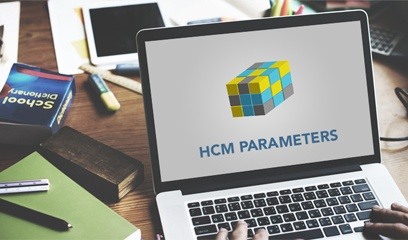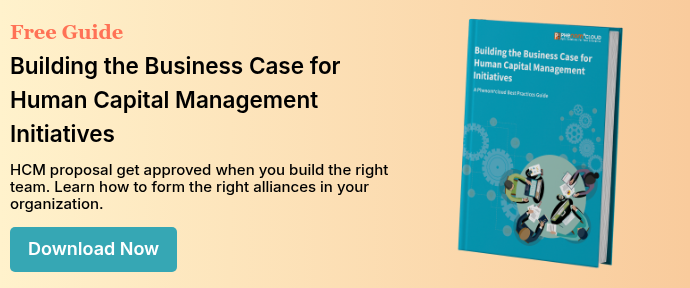
Over the past decade, many companies have learned through experience that trying to cobble together the best of breed human capital management applications into a single ecosystem can be troublesome.Incompatibilities and integration headaches create barriers to unified data analysis. Disparate user interfaces increase the complexity of user training. Managing many vendor contracts increases the burden on procurement and HR.
The current emphasis on usability is driving even more unification. People want a simple, consumer-grade user experience, and they will avoid any application that isn’t intuitive and easy to use. Employees want to check their leave balances on their mobile devices, but they don’t want to attend training to learn how to check a leave balance. They will just pick up the phone and call someone in HR.
Major software providers, such as Oracle, SAP, and Workday have much more robust applications than they did a few years ago. According to Josh Bersin of Bersin by Deloitte, ERP providers are now “credible, effective providers of comprehensive talent management technologies,” and they are providing a user experience on a par with consumer applications. [1]
Global Unification
Globalization is driving a different type of unification, as companies like Nissan replace their disparate regional and local human capital platforms with global implementations.
Globalization in talent management is not new. We were working with multinational enterprises ten years ago in performance and goal management, career management, and succession planning applications, supporting worldwide operations in two dozen languages. Now we find core HR technology going global, as companies realize they need a complete unified view of their talent pipelines.
One of the primary drivers of this global HCM movement is the leadership pipeline. Forward-thinking companies want their potential leaders to have global experience, and that means a French employee can transfer to Brazil this year, China next year, and Canada the next. Being required to end the HiPo’s employment in one system and hire them in another every year makes a unified view of talent impossible.
When you get all your far-flung locations on the same platform, data integration issues become much easier to manage. You eliminate the problems associated with end-of-year data aggregation and the headache of duplicate data entry. And, with the ability to provide local control, companies can achieve a truly “global” experience. 
Challenges in Unified Human Capital Management
Unified human capital management is not a cure-all. There are several things you need to know before you make the leap.
- Never will every human capital management function be on a single platform. There will always be single-application vendors who provide a service better than anyone else, and you may want to keep the flexibility of using many vendors in certain processes like assessments.
- For unified platforms, the emphasis is on the user experience and making things work together. They will rarely be on the leading edge of functionality.
- The priorities of large vendors may not be yours. Companies prioritize their development efforts based on aggregate customer demand and ROI. Your desires may not be on the list.
- Consider phased implementation of a suite of applications to allow your organization to stabilize on some applications before you move on.
- The cost of software-as-a-service (SaaS) will be higher over the long term than an existing on-premises HRMS, unless the projected comparison period includes a major upgrade of the current system.
From where we sit at the intersection of people and technology, the ongoing merge of human capital management into business and financial operations demands ever more unified technology. That does not mean you must forgo functionality you need. Let your business needs dictate your technology strategy.
References :
1. "Ten Top Disruptive HR Technology-related Trends Highlight a Wave of Innovation Focused on Engaging Employees." Bersin by Deloitte. October 19, 2015.
PhenomᵉCloud is a comprehensive technology solutions provider committed to empowering businesses to overcome challenges, enhance their workforce capabilities, and achieve superior outcomes.


Leave a Comment